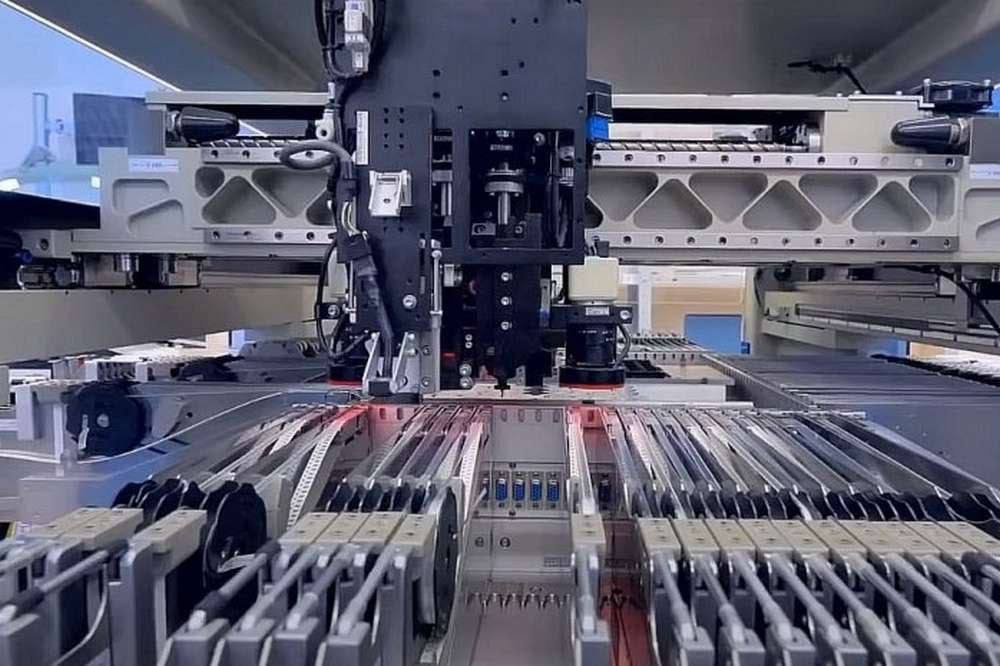Ukraine has just lately obtained superior industrial-level 3D printers from america, enabling them to supply essential spare elements for navy tools.
William LaPlant, the US Underneath Secretary of Protection for Procurement and Upkeep, introduced this supply in August. He acknowledged that Ukrainians accomplished coaching on working these printers simply final week.
Throughout a speech on the Heart for a New American Safety, LaPlant acknowledged, “Lastly, final month we delivered these industrial 3D printers to them in Ukraine, and final week their coaching on working with this printer was accomplished.”
The official additionally talked about the presence of a 3D printer as giant as a truck. This huge printer permits Ukraine to fabricate all of the required elements for numerous navy functions, enhancing its self-sufficiency and operational capability.
LaPlante identified that 3D printers on the Ukrainian aspect are a game-changer, as they expedite the restoration of frontline-damaged tools and unlock recent potentialities.

The official added that the capabilities of 3D printing are outstanding, and it extends past simply pace. It allows the creation of elements that may be difficult or inconceivable to supply utilizing conventional strategies underneath regular circumstances.
He prompt that following the graduation of the full-scale Russian invasion, Ukrainian specialists took issues into their very own fingers and began 3D printing elements even with out the required authorizations and technical information packages.
The official remarked that in instances of an existential menace to at least one’s nation, considerations about mental property legal guidelines are likely to take a backseat.
He additional added that efforts have been made to rectify this example in collaboration with different nations, guaranteeing that Ukrainians now possess all of the required technical information packages for his or her 3D printing wants.
This motion aimed to offer them with the required sources to handle the challenges posed by the battle and help their protection efforts successfully.
Nonetheless, the US official didn’t present particular particulars concerning the variety of these printers despatched to Ukraine.
The Use Of 3D Printers In Ukraine Battle
Within the ongoing battle, the benefits of 3D printing expertise grow to be abundantly evident, because of its outstanding adaptability and swift manufacturing capabilities. These deserves considerably alleviate the logistical complexities of transporting important sources to the frontlines.
Most 3D printers are compact and will be seamlessly put in in subterranean bunkers, a super state of affairs for facilitating wartime manufacturing.
Furthermore, the inherent capabilities of 3D printing additionally provide a strategic benefit. This expertise permits the environment friendly mass manufacturing of essential elements concurrently throughout a number of areas.
Following the Russian invasion in February 2022, Ukrainian troops demonstrated resourcefulness by incorporating ammunition crafted with 3D printers. Moreover, these printers have been employed to fabricate elements, equivalent to plastic shanks, to switch common ammunition for launch from drones and different gadgets.
As beforehand highlighted by The Economist, Ukraine has turned to “sweet bombs” as a response to shortages in weapons and ammunition. The publication interviewed numerous novice teams actively concerned on this unconventional effort.

One particular group specializing in producing 3D-printed bombs has efficiently manufactured over 30,000 of those gadgets inside 4 months. The chief of that group, recognized as “Swat,” emphasised that manufacturing is constantly on the rise.
Concurrently, one other group crafting casings for 800-gram anti-personnel bombs shared that they at the moment produce round 1,000 per week. Nonetheless, the group will enhance this output to an formidable goal of 1,500 each day casings. These 3D-printed casings are subsequently stuffed with C4 explosives.
3D-printed gadgets like these have their share of disadvantages; one notable disadvantage is their composition, usually reliant on plastics, which may end up in potential sturdiness points.
Furthermore, as a result of their regular lack of mass manufacturing in comparison with standard factory-made merchandise, there’s a probability that they may include an elevated worth.
Nonetheless, when seen inside an emergency or disaster, these drawbacks seem minor in comparison with the appreciable advantages they carry.
In a battle state of affairs, the benefits of speedy manufacturing, adaptability, and the power to fabricate important gadgets regionally usually far outweigh materials sturdiness and price considerations.